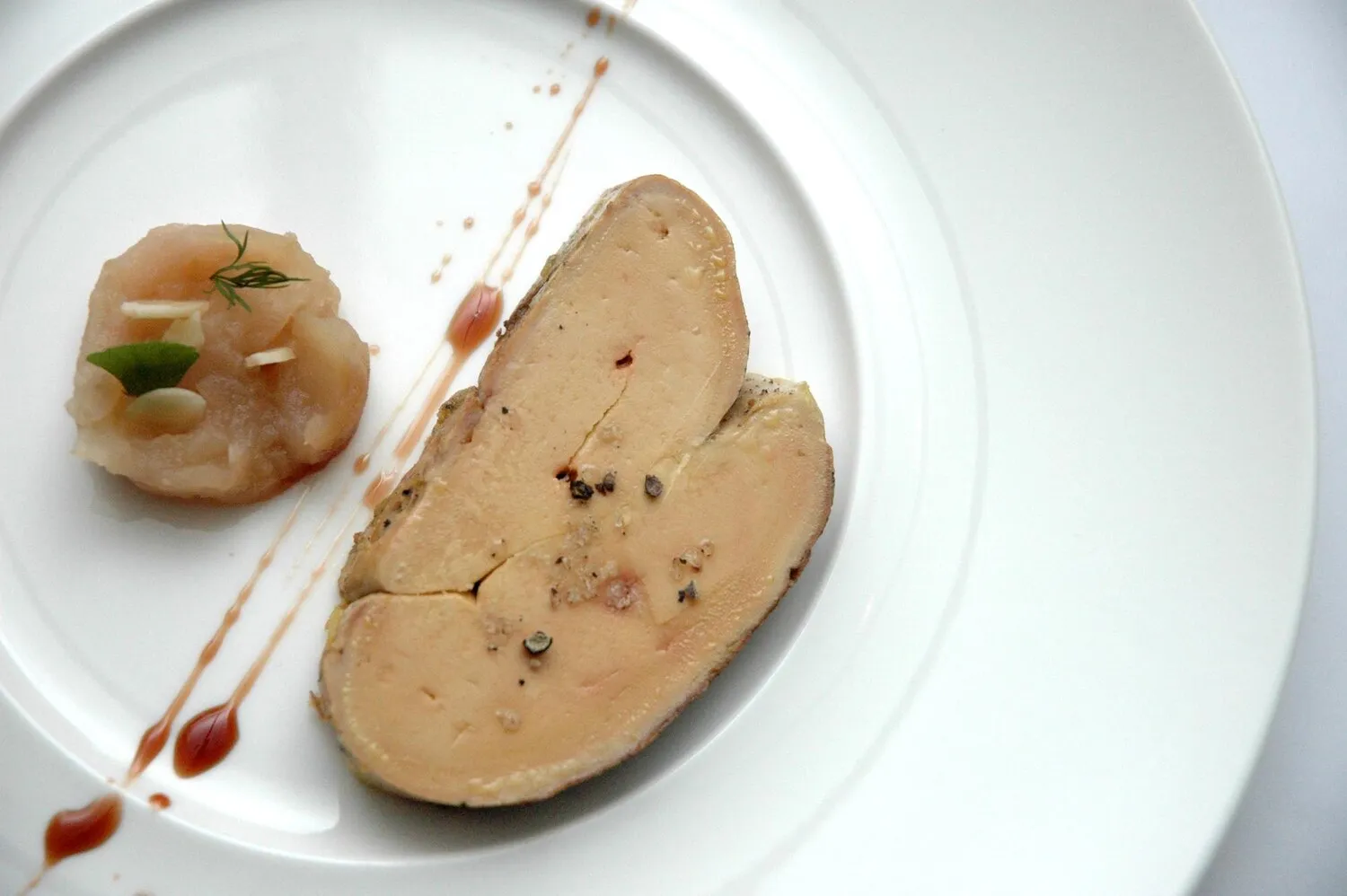
Various meat dishes
Several reviews highlight the quality of the meat dishes in general.
Nutrition Facts
* The % Daily Value (DV) tells you how much a nutrient in a serving of food contributes to a daily diet. 2,000 calories a day is used for general nutrition advice.
Rooftop Restaurant 16th
Meat dishes have been a cornerstone of human diets across cultures and throughout history, evolving from simple roasted meats to complex culinary creations influenced by local ingredients, cooking techniques, and trade routes. Early methods focused on preservation and basic cooking, but as civilizations developed, so did the sophistication of meat preparation.
Meat dishes often hold significant cultural importance, representing celebration, hospitality, and tradition in various societies around the world.
Symbolism
In many cultures, meat is reserved for special occasions, signifying wealth, status, and abundance. Feasts often feature elaborate meat preparations as a central element.
Hospitality
Offering meat to guests is a common sign of hospitality and generosity in many societies. Sharing a meal featuring meat is a way to build relationships and show respect.
Rituals and Traditions
Certain meat dishes are associated with specific holidays, religious ceremonies, or cultural rituals, reflecting the deep connection between food and cultural identity.
The flavors of meat dishes are incredibly diverse, ranging from savory and umami to spicy, sweet, and tangy, depending on the cuts of meat used, cooking methods, and accompanying ingredients.
Flavor profiles vary significantly based on the meat type (beef, pork, lamb, poultry, game), the cut of meat (tenderloin, ribeye, shoulder, leg), and the cooking method (grilling, roasting, braising, smoking, frying). Marinades and sauces often incorporate a balance of salty, sweet, sour, bitter, and umami elements, utilizing ingredients like soy sauce, citrus, herbs, spices, vinegar, and sugar to enhance the natural flavors of the meat.
Cut Selection
Choose the cut of meat appropriate for your intended cooking method. Tender cuts are suitable for grilling or searing, while tougher cuts benefit from slow cooking methods like braising or stewing.
Marinating
Marinating meat can enhance its flavor and tenderness. Acidic marinades (lemon juice, vinegar) help tenderize, while oil-based marinades add moisture and prevent drying.
Resting Meat
Allowing meat to rest after cooking is crucial for retaining juices and ensuring even tenderness. Tent the meat loosely with foil for 5-10 minutes before slicing.
Temperature Control
Using a meat thermometer to monitor internal temperature ensures the meat is cooked to the desired level of doneness and prevents overcooking. Refer to guidelines for safe internal temperatures for different types of meat.
Explore additional French dishes and restaurants
Explore FrenchDiscover top dining spots and culinary experiences in Schiedam.
Explore SchiedamLearn more about the food culture, restaurant scene, and culinary heritage of Netherlands.
Explore Netherlands
